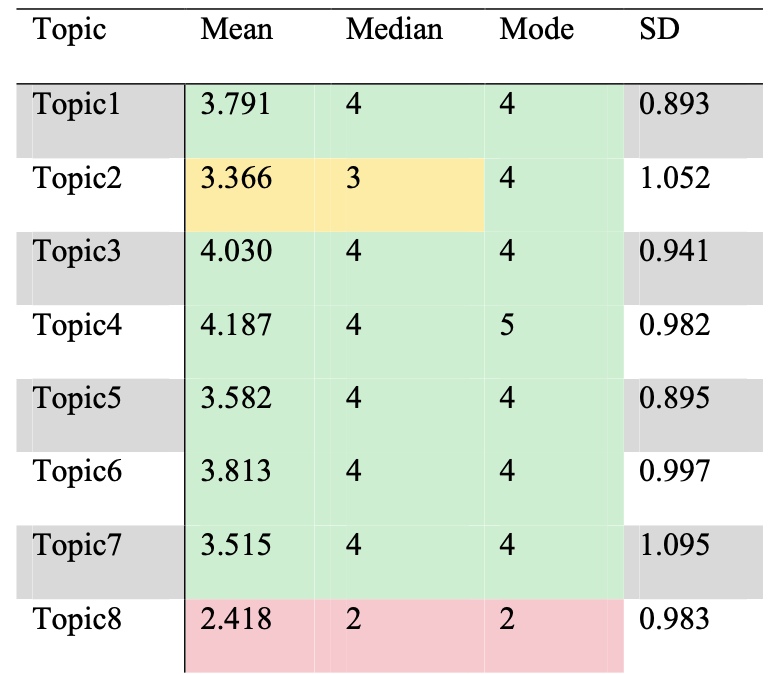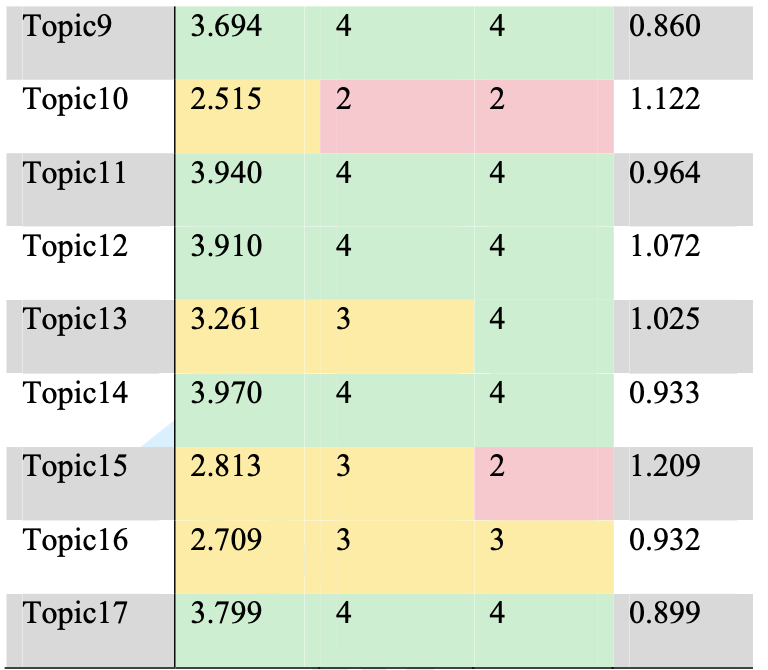Security predictions—A way to reduce uncertainty
IT and security professionals face uncertainty due to rapid changes in security threats. Decision support data is crucial to adapt security strategies. A study analyzed 200 security predictions for 2016, identifying 17 key threat developments using topic modeling. A survey with IT and security experts confirmed that top predictions, such as political campaign hacking, large-scale data breaches, malware threats (especially ransomware), and DDoS attacks, materialized in 2016. The research provides valuable decision support for IT and security professionals to enhance their organizations’ security strategies.
Cyber Security Landscape and Predictions
At this point, cyber security has gained significant attention across media, organizations, and governments. Despite increased focus, breach notifications and new threats persist, causing economic and socio-political impact. Current efforts in technical security controls and regulatory measures create a constant need for innovation among cybercriminals. Managing risks in this uncertain landscape is uncomfortable, emphasizing the economic value of inputs that reduce ambiguity or predict future developments. While skepticism surrounds cyber security predictions, they offer insights when critically reviewed, distinguishing marketing noise from expert contributions.
Research Analysis and Conclusions
Building on previous work analyzing 238 predictions, we review their performance from October 2015 to January 2016. Our research evaluates the relevance and accuracy of these predictions, considering the broader context of cyber security. The paper discusses related work, outlines our research approach, and details data analysis methods and survey results. Each prediction topic is reviewed, and additional observations are provided. We acknowledge the limitations of our approach before concluding the research, contributing to the ongoing discussion on the effectiveness of cyber security predictions.


